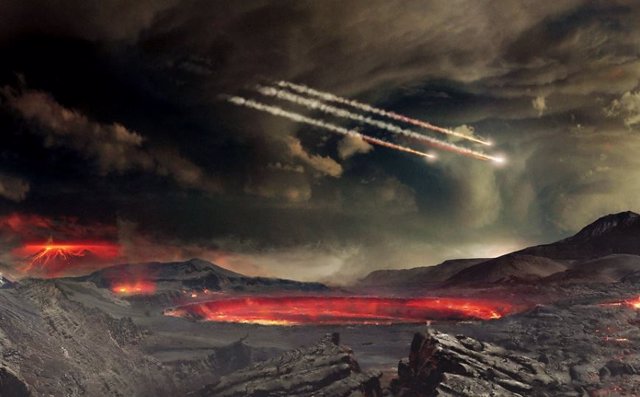27 Feb. () –
Without certain amino acids, the old proteins they would not have known how to evolve until becoming everything that lives on Earth today: plants, animals and human beings.
Findings from new laboratory simulations, which recreate primitive conditions on our planet, detail how amino acids shaped the genetic code of ancient microorganisms and shed light on the mystery of how life began on Earth.
“The same amino acids are seen in all organisms, from humans to bacteria to archaea, and that’s because everything on Earth is connected through this tree of life that has an origin, an organism that was the ancestor of all living things”said Stephen Fried, a chemist at Johns Hopkins who co-led the research with scientists at Charles University in the Czech Republic. “We are describing the events that determined why that ancestor got the amino acids that he got.”
The results have just been published in the journal Journal of the American Chemical Society.
In the lab, the researchers mimicked early protein synthesis from 4 billion years ago using an alternative set of amino acids that was abundant before life arose on Earth.
They discovered that ancient organic compounds integrated into their biochemistry the most suitable amino acids for protein folding. In other words, life thrived on Earth not just because some amino acids were readily available and easy to manufacture in ancient habitats, but because some of them were especially good. to help proteins take on specific shapes to perform crucial functions.
“Protein folding allowed us to evolve even before there was life on our planet,” says Fried. “You could evolve before there was biology, you could have natural selection for chemicals useful to life even before there was DNA.”
Although the early Earth had hundreds of amino acids, all living things use the same 20 of these compounds. Fried calls those compounds “canonical.” But science has had a hard time determining what is special about -if anything- those 20 amino acids.
In its first billion years, Earth’s atmosphere was made up of a variety of gases such as ammonia and carbon dioxide that reacted with high levels of ultraviolet radiation to create some of the simplest canonical amino acids. Others arrived via meteorites, which introduced a mix of ingredients that helped life on Earth to complete a set of 10 “primitive” amino acids.
How the rest got there is an open question that Fried’s team is trying to answer with the new research, especially since those space rocks brought back much more than “modern” amino acids.
“We tried to figure out what was so special about our canonical amino acids,” explains Fried. “Were they selected for any particular reason?”
Scientists estimate that the Earth is 4.6 billion years old and that DNA, proteins, and other molecules did not begin to form simple organisms until 3.8 billion years ago. The new research offers new clues to the mystery of what happened during the intervening time.












